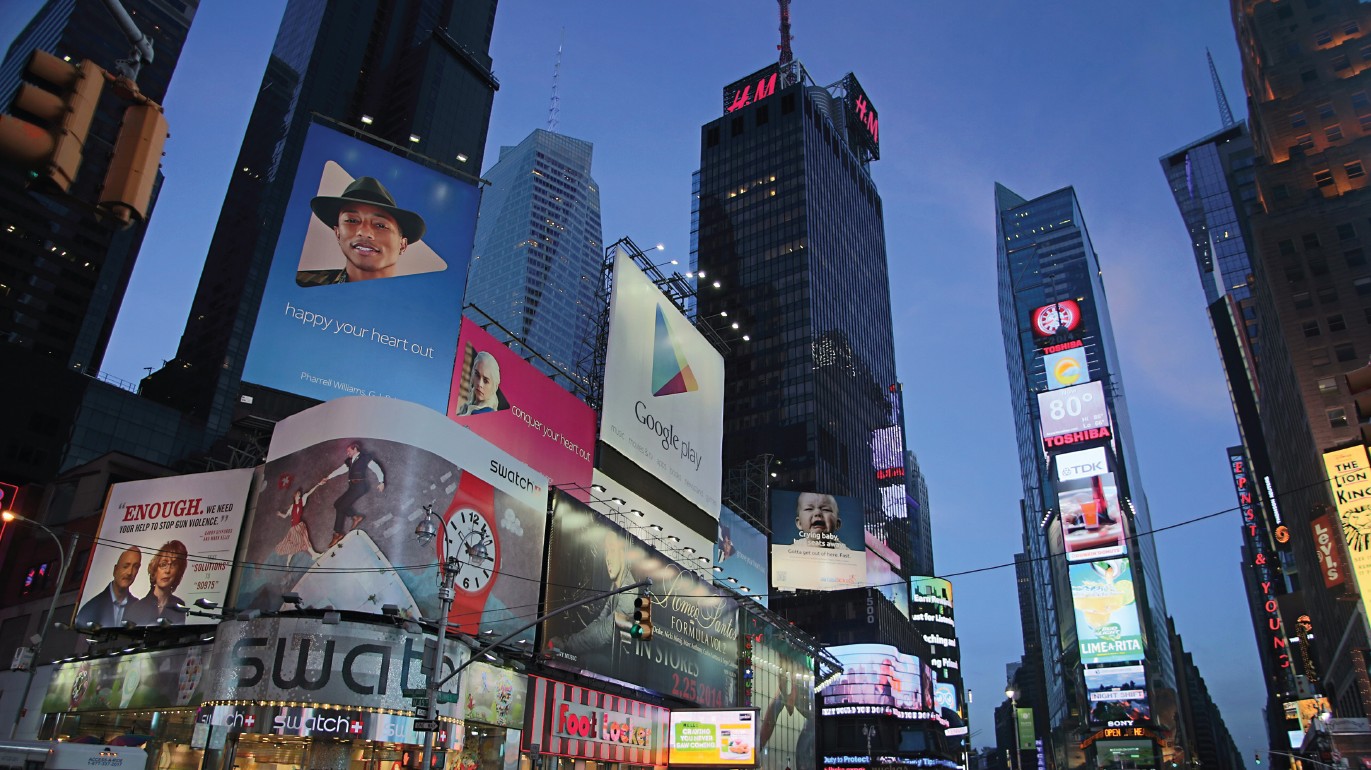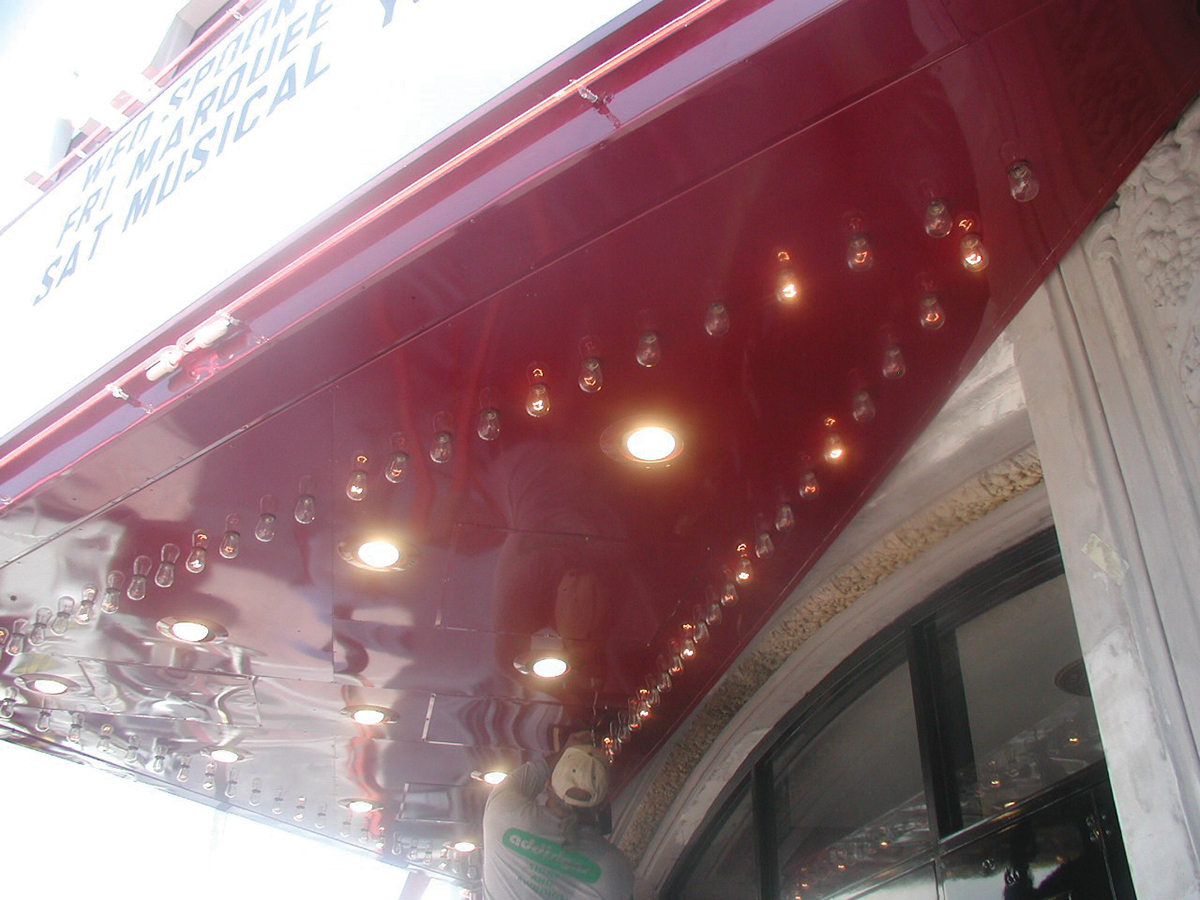Whether the hazard is electrical, toxic chemical or a slippery sidewalk, placing physical barriers between the public and the hazard is not enough to prevent injury, death or litigation. I mention litigation because many companies only care about preventing litigation. The National Electrical Code (NEC) and the National Electrical Safety Code® (NESC®) both recognize the importance of safety signs to warn of hazards. Both codes frequently require warning or safety signs to protect workers and the public from electrical hazards. Too often, companies don’t install safety signs or they install signs that do not effectively alert the public of the hazard. Companies often install too few signs or signs not large enough to be legible. Companies often install signs intended for indoor use outside. Consequently, the sign becomes illegible within a few months.

Photo 1. “Caution Open Slowly” signs

What makes an effective sign?
The 2007 edition of this standard consists of five documents: Z535.1 Safety Color Code, Z535.2 Environmental and Facility Safety Signs, Z535.3 Criteria for Safety Symbols, Z535.4 Product Safety Signs and Labels, and Z535.5 Safety Tags and Barricade Tapes (for Temporary Hazards).
The law
Even though the NEC and the NESC do not require all safety signs, labels and tags specified by them to comply with ANSI Z535, attorneys are having very little trouble in court convincing juries that the victim would still be alive or would not have been injured if the owner of the property had installed safety signs in compliance with the national standard. The continued use of safety signs that do not comply with ANSI Z535 is costing lives and millions of dollars in courts. The NESC, in a note as part of Rule 110A1, states that ANSI Z535 “contains information regarding safety signs” but it doesn’t require the safety signs to comply with ANSI Z535.
Minimum requirements for all signs
The minimum requirements for safety signs are the same for any kind of sign. A sign is a means of communication. We use signs to convey information. For a sign that has written text, it must be legible at the intended viewing distance. At the take-out counter of a restaurant, the menu on the wall must be legible by the average person standing at the counter. So what makes a sign legible? These may seem common sense but I see signs every day that do not comply with these simple rules. Note that these rules apply to all signs including safety signs, menus on the walls in a restaurants, the for sale signs on your front lawn and to text projected on a screen as in a presentation.
Text font
The text font must be easy to read. Arial mixed case and Arial Black mixed case are both examples of good choices. ARIAL all upper case and ARIAL BLACK all upper case are not as good. Haettenschweiler mixed case and HAETTENSCHWEILER all upper case are both examples of very poor choices.
Contrasting colors
The color of the text and the background color must be contrasting colors. Black letters on yellow, black on white, dark blue on white, and dark red on white are all good color choices. Silver on white and dark blue on black are bad choices. Red on gray is also bad as you can see in the Caution Open Slowly signs in photo 1.
Letter size
The size of the letters must be appropriate for the average person to read at the intended viewing distance. A person with 20/20 visual acuity can read letters 0.4″” tall at a distance of 20 feet. However, the visual acuity of the average American is not 20/20. The minimum visual acuity required to drive a car in most states is 20/40. A large percentage of Americans have vision closer to 20/40 than 20/20. That being the case, the letters on signs should be at least 0.8″” tall for a viewing distance of 20 feet. If the front row patrons at the restaurant are standing at the counter 15 feet from the menu, the letters must be minimum (15′ / 20′) x 0.8″ = 0.6″” tall for the average person to read them. If the back row patrons at a presentation where text is being projected on a screen are 50 feet from the screen, the letters on the screen must be minimum (50′ / 20′) x 0.8″ = 2.0″” tall for the average person to read them. These are the minimum letter heights assuming we have an easy-to-read font and contrasting colors. If these assumptions are not true, then the text may have to be larger. In general, if you want the readers to enjoy the experience, make the text larger.
Illumination
The sign must be well illuminated. Using legible font, contrasting colors, and good letter height are a waste of time if the sign is not well illuminated. I have often been in restaurants where the lights have been dimmed to make it more romantic. Unfortunately, it makes it very difficult to read the menu. This doesn’t mean that safety signs on the side of a substation have to be illuminated with lights. We presume that anyone walking around at night will have his or her own source of light.
Viewing angle
How legible are the signs when viewed at an angle? I addressed this subject as well as safety sign size, placement, and spacing in my July/August 2003 IAEI News article “Safety Sign Placement on Large Substations.”
Are there other requirements for an effective safety sign?
Just complying with the above four minimum requirements is good for a menu on the wall in a restaurant, but safety signs must meet higher standards. Safety signs must effectively get the public’s attention, identify the hazard and the severity of the hazard, inform the public of what actions are necessary to avoid the hazard, and inform the public of the consequences of not avoiding the hazard. In part two of this series, I will share with you how to design safety signs to comply with ANSI Z535.














Find Us on Socials